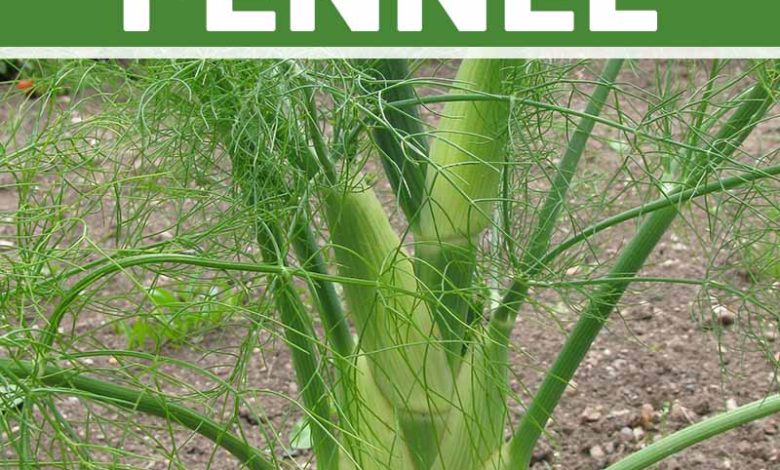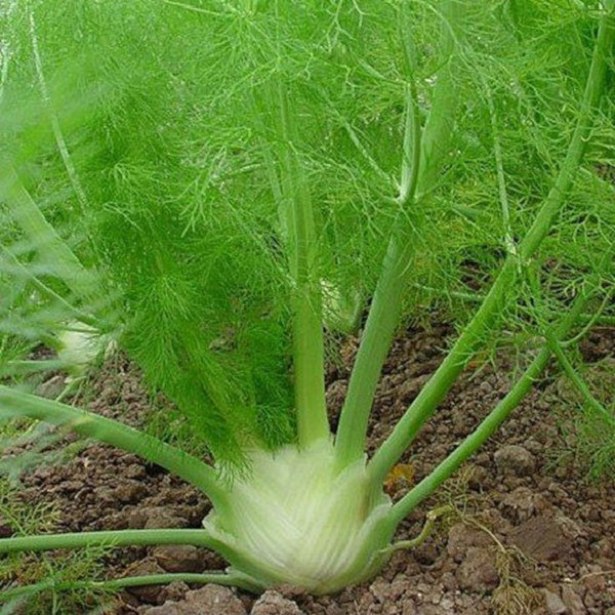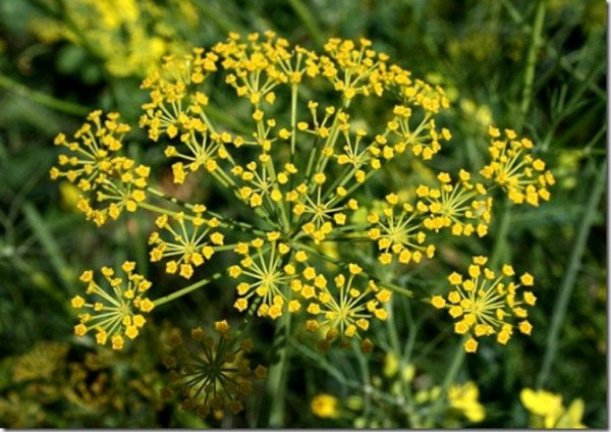Grow Fennel step by step in the garden: Complete guide

Hello to all agrohuerters! In today’s article we will learn how to grow fennel in our gardens. We will see how to prepare the land, when to sow, what care it needs and, finally, when we should harvest.

CHARACTERISTICS OF FENNEL
Fennel is a plant native to Mediterranean Europe. It is therefore adapted to temperate climate zones. Its scientific name is Foeniculum vulgare and it is the only species of this genus. It is a perennial and biennial plant. It is a herbaceous plant that can reach up to 1.5 meters from which the bulb is usually consumed in different recipes, giving the dishes a delicious aniseed aroma. It has elongated leaves that can be used in restoration.
In addition to its qualities in the kitchen, it is an ideal plant to naturally combat aphid pests, as it attracts insects such as ladybugs, which feed on them.
Likewise, it has been shown that the consumption of fennel has a positive impact on health, helping to combat cholesterol due to its content in essential oils or due to its antioxidant and diuretic properties.
There are different commercial varieties of fennel seeds that vary mainly in size, height or thickness of the plant. Among all these varieties, the best known are Carmo, POllux, Florence Fennel, Argo and Genio.
STEPS TO FOLLOW TO GROW FENNEL IN THE GARDEN
1. GROUND PREPARATION
It is a crop that requires soils with high drainage, which are rich in organic matter and do not have high levels of acidity. Likewise, it requires sufficient depth for its roots.
2. SEEDING
To grow fennel, the best time is spring, from May to June, but it can be brought forward to the months of March or April to obtain summer crops. To do this, we start from seeds (3 or 4 would be enough) that we sow 1 cm apart, watering abundantly in this initial stage.
Seedlings will appear after 7 days when they sprout at 20ºC. Between 4 and 6 weeks after sowing it is already possible to transplant to the definitive land. It is necessary that the fennel plants are separated by approximately 45 cm, so when they reach the seedling stage, it will be necessary to thin out.
3. CARE THAT WE SHOULD TAKE INTO ACCOUNT
It is a crop that requires a lot of light, so it must be taken into account when selecting the growing area. If we want our fennel to remain tender, it is advisable to hill it. It consists of covering the base of the plant with soil to avoid darkening caused by the incidence of light. It must be done in a period of 3-4 weeks after transplanting to the definitive cultivation area.
In terms of temperature, it is a crop adapted to temperate temperature zones between approximately 14 and 24 degrees, so it will be necessary to protect our fennel plants from possible frost, to which they are very sensitive.
Due to the altitude that the fennel plant can reach, it may be advisable to use supports that protect the plant from possible breakage.

4. IRRIGATION AND TREATMENTS
In the first weeks it is necessary to keep the cultivation area very humid, so it is advisable to use drip irrigation that provides constant and uniform humidity. To maintain the humidity level, mulching or mulching is recommended .
5. HARVEST
The fennel harvest can be carried out after approximately 2 and a half months. The process allows the leaves to be harvested gradually using scissors. One of the advantages of fennel is that new shoots will emerge from these cuts. On the other hand, the use of the bulb requires a regular cutting of the stems and it takes approximately 3 months to develop.
PESTS AND DISEASES OF FENNEL
In addition to the pests of aphids or worms, common in a large number of vegetables, fennel is susceptible to botrytis and to be attacked by the black ringworm (Spodoptera litoralis).
CAN FENNEL CROPS BE ASSOCIATED WITH OTHER CROPS?
Being a very aromatic plant, it attracts a multitude of insects that allow us to better pollinate our garden, which is why it tends to associate well with many crops such as peas, cucumbers, onions or lettuce.
However, other crops such as green beans or tomatoes do not grow well when associated with this vegetable.
This is all for today, I hope you liked the article and that you start growing fennel in your gardens. You can tell us about your experiences in the comments. See you in the next article!
Have a nice day!

![Photo of How to Plant Cucumbers: [Cultivation, Substrate, Irrigation and Care]](https://www.complete-gardening.com/wp-content/uploads/2022/08/how-to-plant-cucumbers-cultivation-substrate-irrigation-and-care-390x220.jpg)
![Photo of Prune Raspberries: [Importance, Season, Tools, Considerations and Steps]](https://www.complete-gardening.com/wp-content/uploads/2022/08/prune-raspberries-importance-season-tools-considerations-and-steps-390x220.png)
![Photo of Zahareña: [Cultivation, Care, Pests and Diseases]](https://www.complete-gardening.com/wp-content/uploads/2021/06/Zaharena-390x220.jpg)
![Photo of Liquidambar Styraciflua: [Planting, Care, Irrigation, Substrate, Pests]](https://www.complete-gardening.com/wp-content/uploads/2022/08/liquidambar-styraciflua-planting-care-irrigation-substrate-pests-390x220.jpg)